Athletes are no strangers to muscle pain, but not all pain is created equal. Distinguishing between normal post-exercise soreness and inflammation-related discomfort is key to effective recovery and long-term performance.
Supplements can play a role in supporting recovery, but their effectiveness depends on the root cause of the pain. This article explores the physiology of muscle pain and inflammation, and the evidence behind supplements that can support healing.
Understanding Muscle Pain
1. Delayed Onset Muscle Soreness (DOMS)
- Cause: Microtears in muscle fibres from eccentric or high-intensity exercise.
- Timeline: Peaks 24–72 hours post-exercise, then subsides.
- Symptoms: Stiffness, tenderness, and mild swelling.
- Function: A natural signal of adaptation and repair.
2. Inflammation-Related Pain
- Cause: Injury, chronic tissue stress, or systemic inflammation.
- Symptoms: Swelling, redness, heat, prolonged tenderness, or sharp pain.
- Function: Protective in the short term, but unresolved inflammation can slow recovery and increase injury risk.
- Key Insight: DOMS is temporary and adaptive, while persistent inflammation requires management to protect performance and long-term health.
The Body’s Healing Mechanisms
Whether pain is from DOMS or inflammation, the body relies on core recovery processes:
- Protein synthesis → rebuilds damaged fibres.
- Anti-inflammatory pathways → restore tissue balance and reduce excess swelling.
- Nutrient replenishment → vitamins, minerals, and electrolytes support repair.
- Rest and sleep → critical for full recovery.
Supplements enhance these pathways but should be tailored to the type of pain.
Supplements That Support Muscle Pain and Inflammation
1. Omega-3 Fatty Acids (EPA & DHA)
- Role: Modulate inflammation by reducing cytokine activity and preserving muscle function.
- Evidence: Multiple RCTs and reviews show 2–3 g/day EPA+DHA can reduce DOMS and improve recovery, particularly in individuals with low dietary fish intake [Tinsley et al., 2017/2021; Tsuchiya et al., 2016].
- Application: Daily use during heavy training blocks or when fish intake is low.
2. Curcumin (Turmeric Extract)
- Role: Powerful antioxidant and anti-inflammatory.
- Evidence: A 2024 meta-analysis (Liu et al.) confirmed curcumin significantly reduces DOMS, IL-6, and creatine kinase levels, while improving range of motion post-exercise. Bioavailability enhancers like piperine increase effectiveness.
- Application: 500–1500 mg/day of standardised extract, taken with meals containing fat.
3. Protein & Amino Acids
- Role: Essential for muscle repair and adaptation.
- Evidence: Protein intake of 1.6–2.2 g/kg/day supports recovery and reduces muscle damage markers [Phillips, 2014; Morton et al., 2018].
- Application: Prioritise whole-food protein sources; supplement with 20–30 g protein post-workout if needed.
4. Magnesium & Electrolytes
- Role: Support neuromuscular function, prevent cramps, and maintain hydration balance.
- Evidence: Magnesium is vital for over 300 enzymatic processes. While early reviews (Volpe, 2015) found limited direct impact on DOMS, a 2024 systematic review suggests supplementation may reduce soreness and oxidative stress in some athletes.
- Application: 200–400 mg/day (prefer citrate or glycinate forms), plus adequate electrolytes during training in heat or high volumes.
5. Antioxidants (Vitamin C & E)
- Role: Reduce oxidative stress from hard training.
- Evidence: High-dose supplementation can reduce free radicals but may blunt training adaptations [Paulsen et al., 2014].
- Application: Best obtained from whole foods (fruits, vegetables, nuts) rather than high-dose supplements.
Practical Guidance for Athletes
1. Identify the source of pain:
- DOMS is temporary; inflammation-related pain may indicate overload or injury.
2. Target supplements strategically:
- DOMS → Protein, amino acids, omega-3s, curcumin.
- Inflammation → Omega-3s, curcumin, magnesium, electrolytes.
3. Prioritise fundamentals:
- Adequate sleep, nutrition, hydration, and appropriate load management are critical before supplements provide noticeable benefits.
4. Consistency over acuteness:
- Many anti-inflammatory supplements work best when taken consistently rather than as a single post-exercise dose.
5. Monitor and adjust:
- Track soreness, performance, and recovery markers to tailor supplement use to your individual needs.
Key Takeaways
- Muscle soreness is not always inflammation. DOMS is a normal adaptation, whereas unresolved inflammation can hinder performance.
- Supplements can support recovery, but effectiveness depends on the cause of pain and baseline nutrition.
- Evidence-based choices include: protein/amino acids, creatine, omega-3s, curcumin, magnesium, and electrolytes.
- Avoid over-reliance on supplements; fundamentals like diet, sleep, and training programming remain the most powerful recovery tools.
Chiropractors in Sydney Insights to Muscle Pain and Inflammation
Understanding the distinction between exercise-induced soreness and inflammation-related pain empowers athletes to make smarter recovery choices. Supplements are most effective when they complement natural healing processes, helping to reduce inflammation, support tissue repair, and maintain consistent training.
By identifying the cause of muscle pain, prioritising evidence-based supplements, and maintaining strong recovery fundamentals, athletes can minimise downtime, optimise performance, and reduce the risk of long-term injury.
